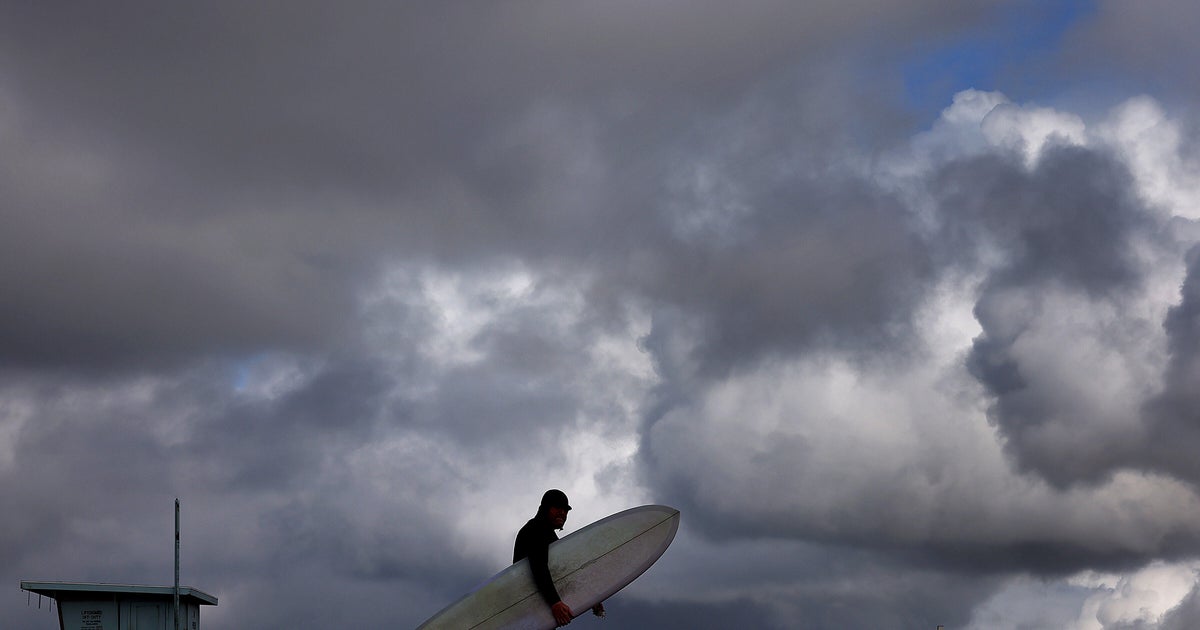An incoming storm, powered by the lingering bits of Tropical Storm Priscilla in the Pacific Ocean, could bring heavy rain and flooding to parts of Southern California to start the week.
Most of the region is expected to see some sort of rain, with totals between half an inch and up to an inch and a half expected across low-lying areas, according to the National Weather Service. Mountains could see nearly four inches of precipitation.
“A low pressure system moving southward along the West Coast will bring stronger onshore winds Monday into Tuesday night, along with showers from the coast to the mountains Monday night into Tuesday night,” NWS officials said.
With unexpected rain on the way, a Flood Watch has been issued for people living near any burn scars, namely those near the spots where the Eaton, Palisades, Mountain, Bridge and Line Fires burned over the last year.
Read more: Southern California in for widespread rainfall, cool temperatures to start week
Tuesday is predicted to see the heaviest precipitation, with downpours expected between 6 p.m. the night prior and 3 p.m. At the same time, much cooler temperatures will settle in, bringing highs down from the 80s to the 60s.
With so much rain and such cool weather incoming, some mountain residents could also see light dustings of snowfall. Resort-level areas like Wrightwood and Big Bear, both more than 6,000 feet above sea level, could be impacted.
KCAL News meteorologists have issued a Next Weather Alert due to the incoming storm, making sure that residents across Southern California, mainly in Ventura, Los Angeles, Riverside and Orange counties, are prepared for what may come.
In September, a portion of Highway 38 gave way due to mudslides from a different storm, Tropical Storm Mario.
Late Sunday afternoon, preparations were already underway in places like Sierra Madre, where the Eaton Fire burned in January. City officials were providing sandbags to residents who wanted to safeguard their homes from potential debris flows, while city street crews placed tarps and k-rails in places that could be subject to flooding.

